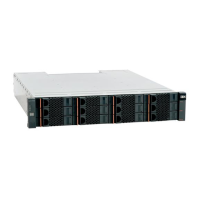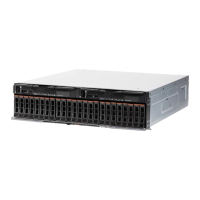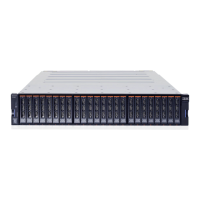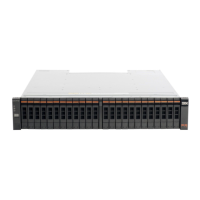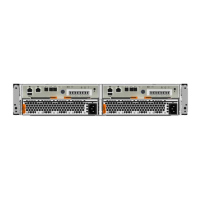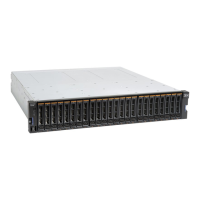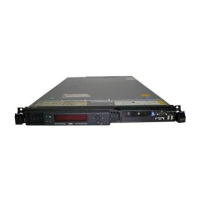410 IBM Flex System V7000 Storage Node Introduction and Implementation Guide
With all releases after 6.3.0, Global Mirror picked up new functionality that is designed to
address a few conditions that were negatively effecting some Global Mirror implementations:
Estimation of bandwidth requirements tends to be complex.
It is often difficult to guarantee the latency and bandwidth requirements can be met.
Congested hosts on either the source or target site can cause disruption.
Congested network links can cause disruption with only intermittent peaks.
To address these issues,
Change Volumes were added as an option for Global Mirror
relationships. Change Volumes use the FlashCopy functionality, but cannot be manipulated
as FlashCopy volumes, as they are special purpose only. Change volumes are used at both
the primary and secondary end of the replication link. At the primary, the change volume
stores copy-on-write changes from primary that might need to be sent to secondary to
preserve the point-in-time when cycling period last started. At the secondary, the change
volume is used to ensure a consistent point-in-time image for recovery if a disaster recovery
needs to be implemented.
Change Volumes replicate point-in-time images on a cycling period (the default is 300
seconds.) This situation means that your change rate only needs to include the condition of
the data at the point-in-time the image was taken, instead of all the updates during the period.
This situation can provide significant reductions in replication volume.
Figure 9-62 shows a diagram of a basic Global Mirror relationship without Change Volumes.
Figure 9-62 Global Mirror without Change Volumes
Figure 9-63 shows a diagram with the Change Volumes.
Figure 9-63 Global Mirror with Change Volumes
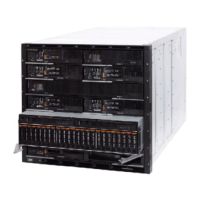
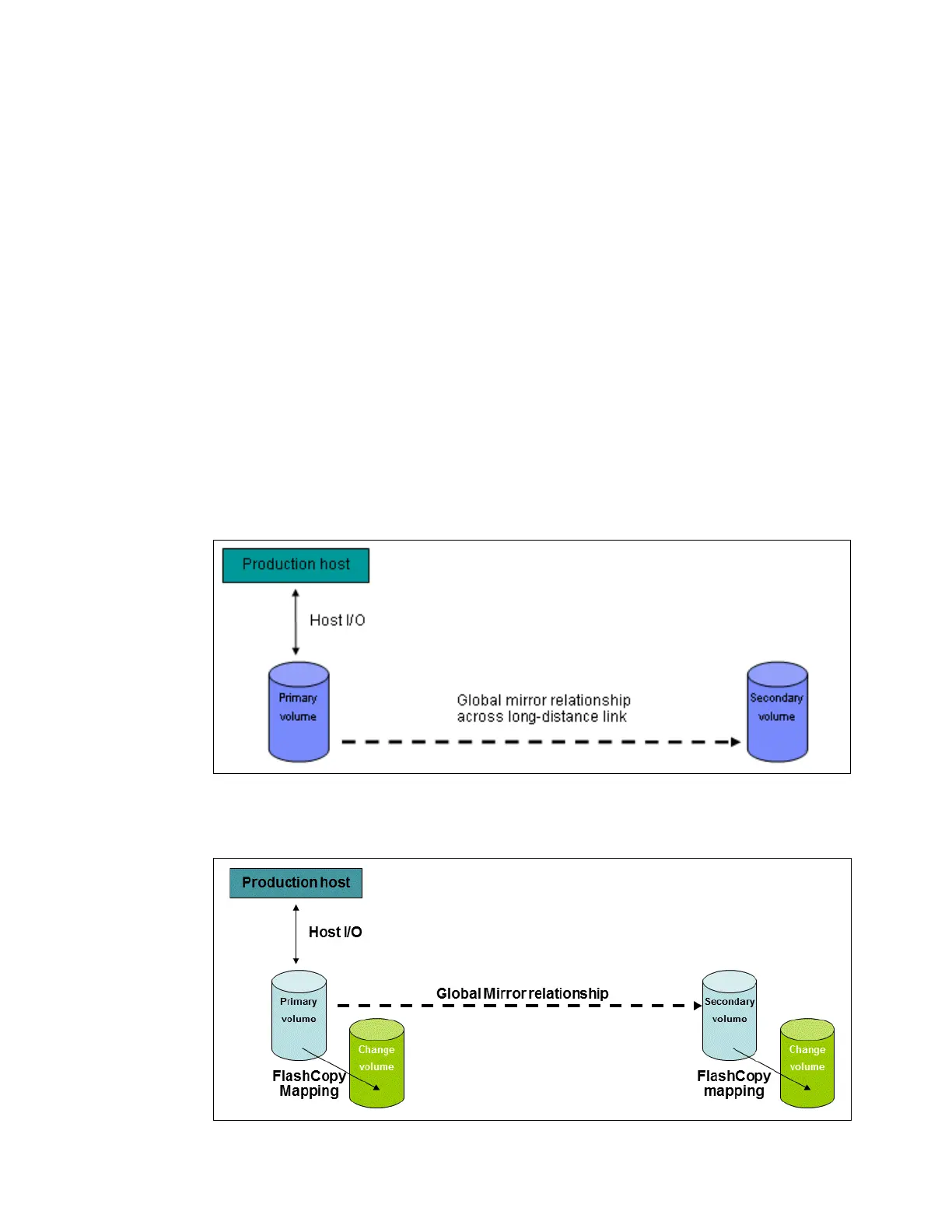